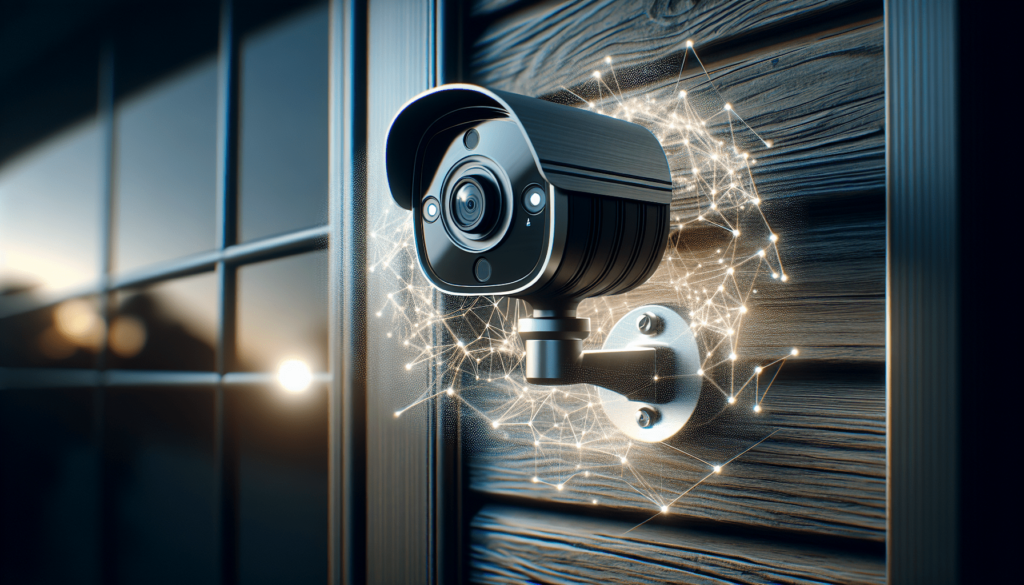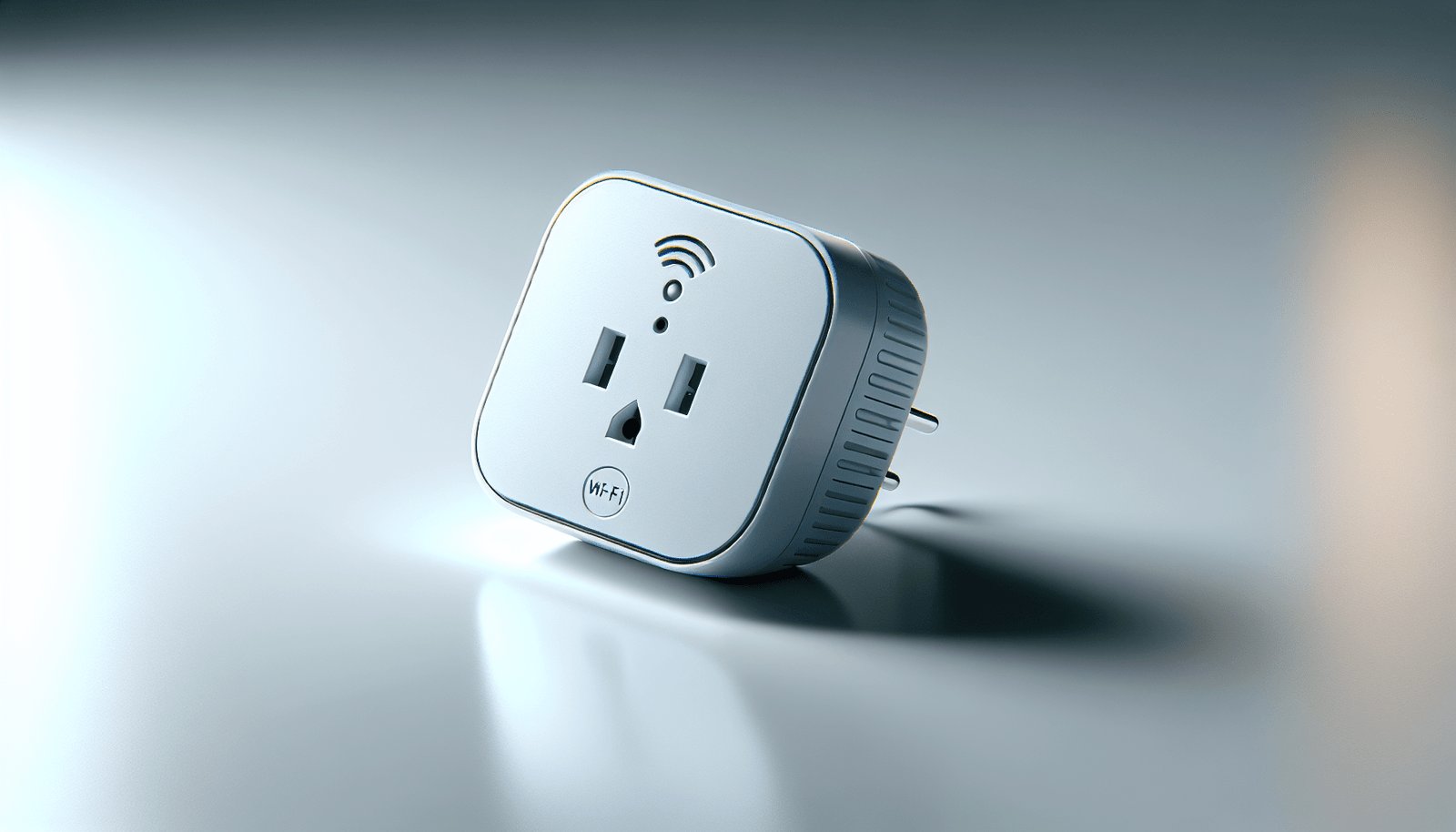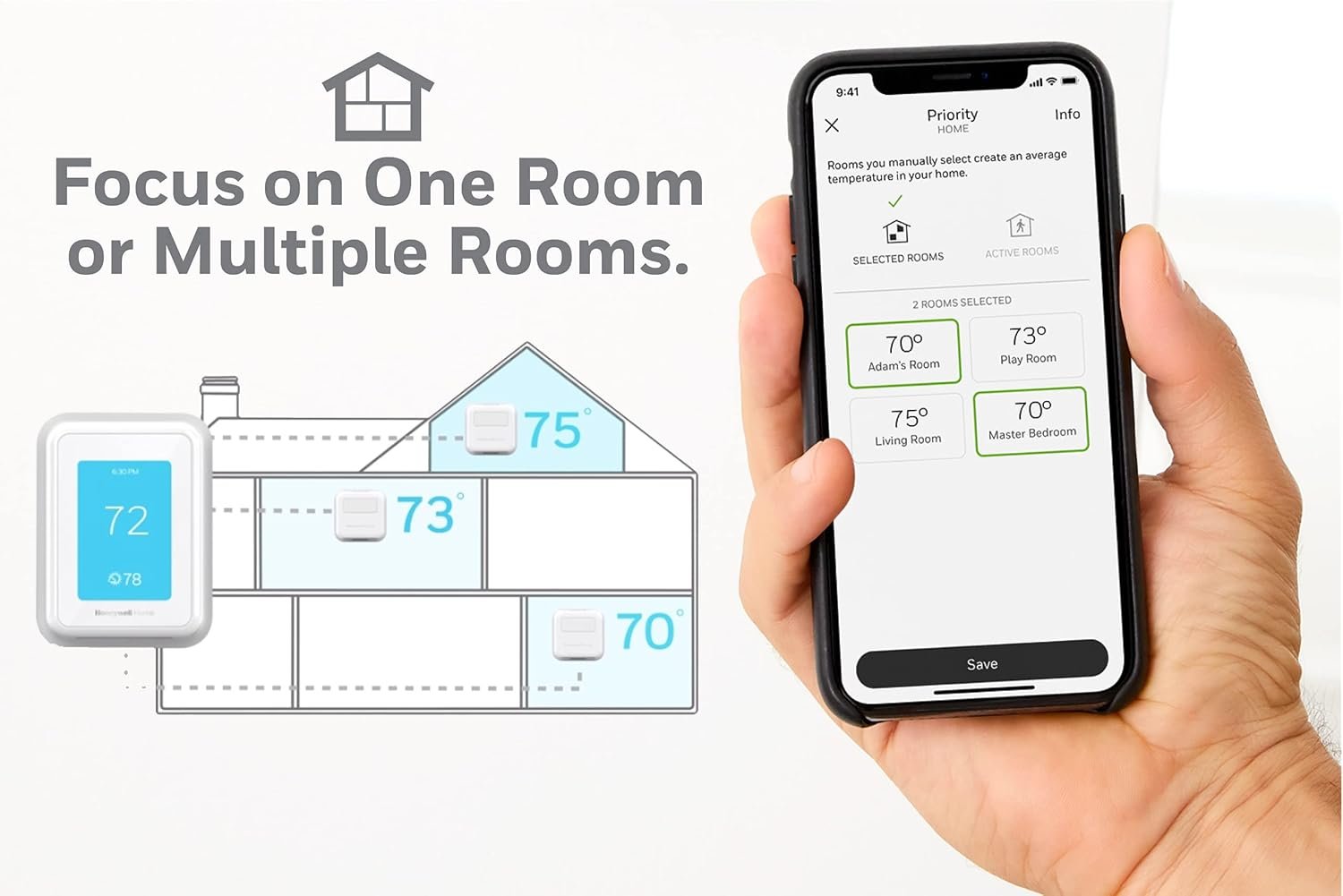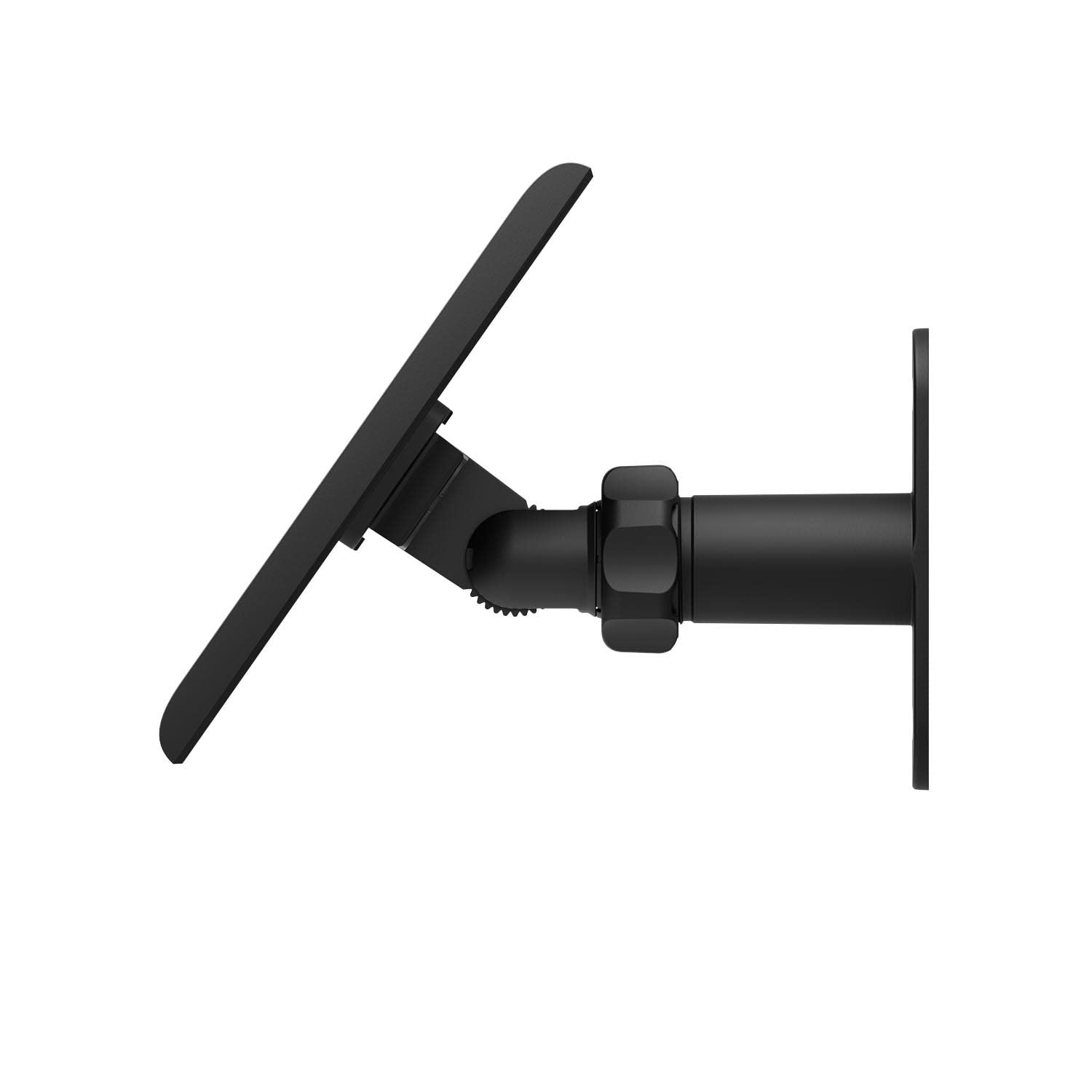Have you ever wondered how you can make your home more secure without compromising convenience and privacy? As technology advances, the integration of smart security systems powered by artificial intelligence (AI) offers homeowners and renters innovative solutions to safeguard their living spaces. In the fast-evolving landscape of home security, AI plays a crucial role in not just enhancing the protection of your home, but also in streamlining the way these systems are managed.
Understanding Smart Security Systems
Before diving into the intricacies of AI in security, it’s essential to understand what smart security systems are. These systems use interconnected devices that can communicate over the internet, allowing remote monitoring and management. Whether you’re at work or on vacation, smart technology provides peace of mind by keeping you connected to your home.
How Smart Security Systems Work
Smart security systems involve various components like cameras, sensors, and alarms, all of which are networked together. These devices transmit data to a central hub or a cloud storage solution, where you can monitor activities via a mobile app or web portal. The inclusion of AI algorithms enables these systems to analyze data, recognize patterns, and provide alerts when something unusual occurs.
The Role of AI in Home Security
AI brings a level of intelligence to security systems that was previously unattainable. It enhances the functionality of smart devices by offering features that rely on learning and adjustment based on usage.
AI-Powered Features
AI introduces capabilities such as advanced motion detection, facial and voice recognition, and threat prediction. These technologies allow for more accurate identification of potential security breaches, distinguishing between a harmless animal and a possible intruder.
- Motion Detection: Traditionally, motion sensors alert you to any movement, leading to false alarms. AI refines this process by learning and adapting to your environment, reducing unnecessary notifications.
- Facial Recognition: This feature can distinguish between known individuals, like family members, and unknown visitors, alerting you only when necessary.
- Smart Alerts: AI can analyze behavior patterns and send alerts if it detects something out of the ordinary.

Comparing Security Technologies and Brands
When considering an upgrade to your security system, it’s helpful to compare various technologies and brands to find the best fit for your needs.
| Brand | Key Features | Pros | Cons |
|---|---|---|---|
| Brand A | Advanced AI motion detection, cloud storage | High accuracy, user-friendly interface | Higher cost |
| Brand B | Facial recognition, two-way audio | Easy installation, scalable solutions | Requires robust internet connection |
| Brand C | Voice control, integration with home assistants | Broad compatibility with devices | Limited customer support |
Each brand offers a unique set of features, so it’s essential to assess your specific needs, budget, and existing smart home ecosystem.
Installation, Setup, and Troubleshooting
Getting your smart security system up and running might seem daunting, but with some guidance, it can be a straightforward process.
Step-by-Step Setup
- Choose Your Devices: Select the right devices based on coverage needs and the features you prioritize.
- Strategic Placement: Install cameras and sensors in strategic locations, focusing on entry points like doors and windows.
- Connectivity: Ensure your Wi-Fi network is strong and secure. Devices need reliable internet for optimal performance.
- App Configuration: Download the corresponding app and follow the setup instructions to connect devices.
- Testing: Run tests to confirm that each component is functioning correctly and adjust settings as needed.
Troubleshooting Common Issues
- Connection Drops: Check Wi-Fi signal strength and consider a range extender if necessary.
- False Alarms: Adjust sensitivity settings or modify device placement.
- Compatibility Problems: Ensure firmware is updated and check device compatibility with your home network.

Privacy and Security Concerns
As with any technology connected to the internet, smart security systems come with privacy and cybersecurity considerations. It’s crucial to be proactive in protecting your data and devices from potential threats.
Protecting Your Data
- Strong Passwords: Use complex passwords and change them regularly.
- Two-Factor Authentication: Enable this feature for an added security layer.
- Regular Updates: Keep firmware and apps updated to protect against vulnerabilities.
Addressing Privacy Worries
Some users may have concerns about recordings or AI-managed data. Brands often provide detailed privacy policies explaining how they handle data, and users can typically configure settings to control what data is stored or shared.
Current Trends and Future Innovations
The field of smart security is continuously evolving, with emerging trends and innovations reshaping how we protect our homes.
Embracing Innovation
- Integration with IoT: Smart devices are increasingly integrated into the Internet of Things (IoT), enabling seamless interaction between home appliances and security systems.
- AI Advancements: Future AI capabilities may include enhanced predictive analytics to preemptively detect and mitigate threats.
- Greater Customization: Systems may offer more personalized user experiences, tailoring alerts and responses to individual preferences.
Sustainable Solutions
With sustainability in mind, some companies are developing eco-friendly devices that consume less power and promote energy efficiency, aligning with broader environmental goals.
Real-Life Scenarios and Benefits
Many homeowners have already experienced the benefits of AI-driven smart security systems in their daily lives. Here are a few scenarios illustrating how these systems can enhance safety and convenience:
Case Study: Preventing Burglaries
A family living in a suburban area installed a smart security system featuring AI-powered cameras and door sensors. During a family trip, they received an alert about detected motion at their front door after dark. Using the app, they accessed real-time video showing a suspicious individual on their porch. They quickly contacted authorities, who apprehended the intruder, thus preventing a potential burglary.
Enhancing Everyday Life
Another example involves a smart doorbell with facial recognition that allows a homeowner to remotely unlock their door for a trusted pet sitter. The AI system confirms the visitor’s identity and permits entry, highlighting the blend of security and convenience.
Making an Informed Decision
Investing in a smart security system empowered by AI can substantially enhance your home’s safety and your peace of mind. By understanding the components, comparing options, and addressing privacy concerns, you can make an informed decision that aligns with both your security needs and lifestyle preferences. As technology continues to evolve, these systems promise even greater capability and customization, continually fortifying your home against threats in an ever-connected world.
Disclosure: As an Amazon Associate, I earn from qualifying purchases.





